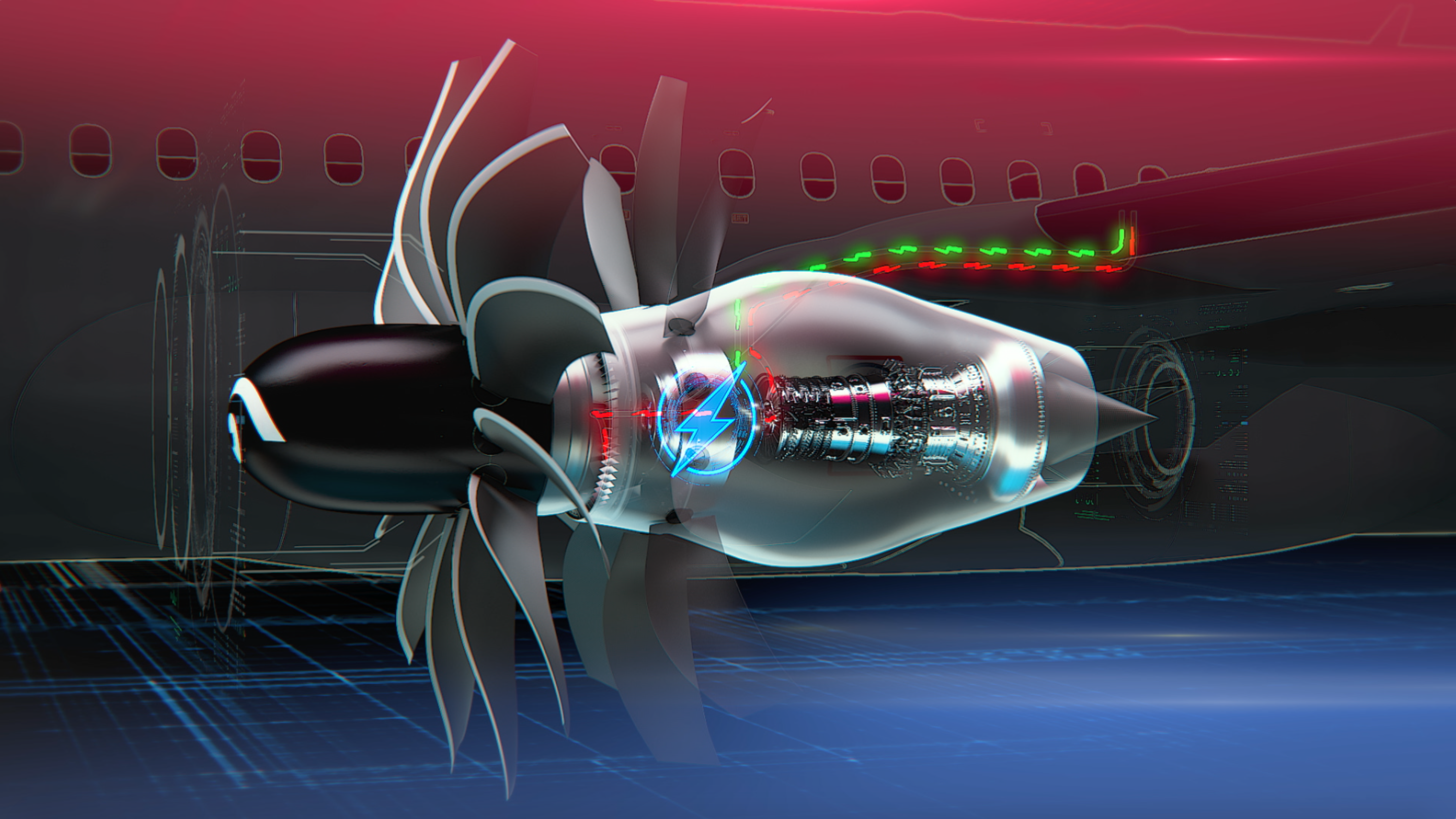Exploring Black Holes: Gravity Movie vs. Real Astronomy and Physics
The movie “Gravity,” directed by Alfonso Cuarón, was a cinematic masterpiece that took audiences on a thrilling journey through space. With stunning visuals, the film portrayed the perilous challenges faced by astronauts as they struggled to survive in the harsh conditions of space. In addition to its intense focus on the survival of its characters, “Gravity” also introduced viewers to the fascinating concept of black holes – one of the most intriguing and enigmatic phenomena in the universe.
While the portrayal of black holes in “Gravity” was certainly captivating, it is important to note that the science behind these mysterious entities is even more fascinating. Black holes are regions of space where gravity is so strong that nothing, not even light, can escape its pull. This makes them incredibly difficult to study, but scientists have made great strides in recent years in understanding the properties and behavior of black holes.
In this article, we will explore the science of black holes in greater detail and compare it to the portrayal of black holes in “Gravity.” We will examine the various ways in which black holes are formed, how they interact with the surrounding space, and the implications they have for our understanding of the universe. By the end of this article, you’ll have a deeper appreciation for the complexities of black holes and the role they play in shaping the cosmos.
Black Holes in “Gravity”
In “Gravity,” a catastrophic chain of events leads to a perilous situation for astronauts Dr. Ryan Stone (Sandra Bullock) and Lieutenant Matt Kowalski (George Clooney). The film is set in space where a fictional space shuttle mission goes awry, resulting in the destruction of their shuttle and the loss of communication with Earth. As they struggle to survive, the characters face several dramatic moments involving black holes. These black holes, which are regions of space with extremely strong gravitational fields, present a significant threat to the astronauts. The intense gravitational pull of the black holes makes it difficult for the characters to navigate through space and adds to the tension of the film. The film also portrays the psychological impact of being stranded in space and facing the possibility of not making it back to Earth. The characters must confront their fears and find ways to overcome the challenges they face, making the film an emotional rollercoaster. Overall, “Gravity” is a thrilling and suspenseful film that explores the limits of human endurance and the power of the human spirit in the face of adversity.
The Accidental Encounter
In one of the most captivating scenes of the movie, Dr. Stone, portrayed by Sandra Bullock, becomes untethered from the remains of the space shuttle and is sent tumbling into the vastness of space. The camera follows her as she drifts helplessly, and the audience is right there with her in the suspenseful struggle for survival. The black hole looming in the background adds to the tension, its massive size and gravitational pull making for an ominous presence that threatens to swallow Dr. Stone whole. The way the black hole is depicted in the film is visually stunning, with its dark, swirling vortex and the way it warps the light around it, creating a sense of otherworldliness that is both fascinating and terrifying at the same time. All in all, this scene is a perfect example of how the movie manages to combine stunning visuals with gripping storytelling to create an unforgettable cinematic experience.
Time Distortion
In addition to the fascinating plot, the movie also explores the concept of time dilation near a black hole. As Dr. Stone gets closer to the event horizon, she experiences a phenomenon where time appears to slow down compared to time on Earth. This is an example of the time-space warp caused by the intense gravitational force near black holes. The fact that time can pass slower for an observer near a gravitational source is rooted in Einstein’s theory of general relativity, which is a fundamental concept in modern physics. The portrayal of this phenomenon in the movie adds a layer of scientific accuracy and complexity to the story, making it even more captivating for audiences. Additionally, the movie’s depiction of the time dilation effect prompts us to consider the implications of space-time warping and the fascinating possibilities it holds for space exploration and even time travel.
The Real Science of Black Holes
“Gravity” is an incredibly exciting movie that captures the viewer’s attention from beginning to end. However, it is important to note that the movie takes some artistic liberties with the scientific reality of black holes. Despite this, the film still succeeds in presenting a realistic portrayal of life in space, and the dangers that astronauts face on a daily basis. The movie’s attention to detail and accuracy in many areas help to make up for any scientific inconsistencies. In fact, the film’s ability to blend science and fiction so seamlessly is a testament to the filmmakers’ skill and creativity. Overall, while “Gravity” may not be entirely scientifically accurate, it still provides a thrilling and engaging cinematic experience that is sure to keep audiences on the edge of their seats.

1. What Are Black Holes?
Black holes are fascinating objects in our universe. They are formed from the remains of massive stars that have undergone supernova explosions. When these stars run out of fuel, they can no longer produce energy to push back against the force of gravity that pulls inwards. The core collapses under its own weight, resulting in an extremely dense point known as a singularity. This singularity is surrounded by an event horizon, which is a boundary beyond which nothing can escape. This means that anything that crosses the event horizon is forever trapped in the black hole, unable to escape its immense gravitational pull. Scientists have been studying black holes for many years in an effort to understand their mysterious properties and how they affect the universe around them. Some believe that black holes could even be gateways to other dimensions or universes, making them an exciting field of study for astronomers and physicists alike.
2. Appearance of Black Holes
Black holes, those mysterious objects that have puzzled scientists for decades, are quite different from what we see in movies. In the movie “Gravity,” we see a visual portrayal of black holes that is quite different from the reality. In truth, black holes are invisible to the naked eye because they do not emit or reflect light, making it difficult for us to detect them. However, scientists have found ways to observe these objects indirectly. By observing the gravitational effects of black holes on nearby matter, scientists are able to get a sense of their existence. Detection of X-rays and other radiation emitted by matter falling into a black hole is also another way of indirectly observing black holes. These methods have helped scientists to better understand the nature of black holes and their behavior.
3. Time Dilation Near Black Holes
The concept of time dilation near black holes is a fascinating topic that has captured the imagination of many scientists and science enthusiasts alike. As depicted in the movie, this concept is based on Einstein’s theory of general relativity, which revolutionized our understanding of gravity and the fabric of the universe. The theory predicts that near a black hole, intense gravity slows down time compared to observers far from the black hole. This means that time appears to move slower for an object near a black hole than for an object located far away from it.
Although this may sound like science fiction, the phenomenon of time dilation has been experimentally confirmed through observations of orbiting objects near massive bodies like Earth. These observations have provided evidence that the theory of general relativity is a highly accurate description of the behavior of gravity in our universe. This discovery has opened up new avenues of research and inquiry into the nature of space, time, and the fundamental forces that govern our universe.
4. Spaghettification
Near black holes, there is an interesting and unique phenomenon known as “spaghettification.” When an object approaches too closely to a black hole, the immense gravitational forces exerted on it can cause it to stretch and elongate into long, thin strands that resemble spaghetti. This effect occurs due to the uneven distribution of gravitational forces acting on the object, with the near side experiencing a significantly stronger pull compared to the far side. It’s a fascinating yet terrifying phenomenon that highlights the sheer power and influence that black holes have in the universe. Furthermore, the study of spaghettification has important implications for our understanding of how gravity works and how it influences the behavior of celestial bodies such as stars and planets. By studying this phenomenon in more detail, we can gain valuable insights into the fundamental laws of physics that govern our world and beyond, and perhaps even unlock new technologies and innovations that could revolutionize our understanding of the universe.
Conclusion
“Gravity” is a thrilling cinematic masterpiece that takes viewers on a mesmerizing journey into the vast and enigmatic expanse of space. The movie offers a captivating portrayal of the many challenges that astronauts might face in the void of space, from the dangers of micro-meteoroids to the insidious effects of radiation. The film also introduces viewers to the intriguing world of black holes, where gravity is so strong that it warps the fabric of space and time.
While “Gravity” does an excellent job of capturing the essence of scientific concepts like time dilation near black holes, it also takes artistic liberties for dramatic effect. However, in reality, black holes are even more mysterious and awe-inspiring than the film portrays them to be. These celestial objects are some of the most enigmatic and fascinating phenomena in the universe, and they continue to captivate scientists and astronomers to this day.
Despite the artistic liberties taken by the film, “Gravity” serves as a gateway to the fascination and wonder of the cosmos. It ignites the imagination and inspires curiosity about the mysteries of the universe, including the true marvels of black holes that await further exploration. So, while the film may blur the lines between science fiction and reality, it ultimately inspires us to explore and understand the vast and wondrous universe that surrounds us.







